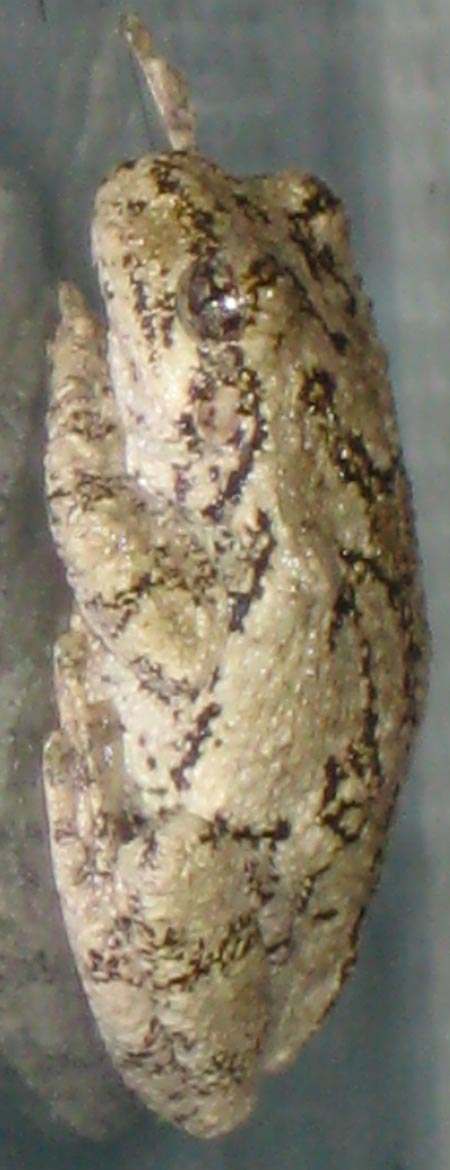|
|
|
qualitative-by-way-of-semi-quantitative
Saturday, August 30 2008
David and I (but not Penny) went yard saling this morning again in Woodstock and one of the best places we stopped was on Ohayo Mountain Road. A guy in the computer business had a bunch of hardware in his yardsale. It was more contemporary than the computer equipment one finds at most yard sales, although there were also useless relics like 8 megabyte DIMMs. There was also an electro-resistively heated fruit dryer that I might be able to adapt to solar power.
For some reason I bought yet another analog multimeter, just because it was there, it was well-built (made in Japan!), it was cheap, and I always like to have a good multimeter at the ready. I find myself using analog multimeters as much as digital one, as they have different strengths. The reading from a digital multimeter is more precise and accurate, but it isn't as responsive to change as the indicator on an analog multimeter. Particularly when I'm doing continuity tests, I want more information than the simple yes/no provided by a continuity tester, and I want the information delivered more quickly than a digital multimeter (set to measure resistance) can produce it. Into this breach steps the analog multimeter, the perfect qualitative-by-way-of-semi-quantitative tool and my favored instrument for tracing where connections run, one of my most common multimeter tasks.
Back at the house, we unloaded my stuff from David's Land Rover and then Penny and Gretchen (who had been at Penny and David's house) showed up and Gretchen made a fabulous vegan meal built around fresh garden tomatoes, toast, and a sort of chicken salad made from tofu.
On my greenhouse foundation project, my attention has turned to the digging of the drainage trench which will dump any flood waters over the edge of the escarpment. Unfortunately, the land around the foundation is unusually flat, so my ditch will have to be long (and, for some of that length, as deep as the foundation hole itself). Less than twenty feet away from the hole the ditch will only have to be a foot deep, but from there it might have to keep running at that depth for twenty more feet through incredibly rocky soil before the land starts falling away, ultimately becoming a sheer shale cliff.
On summer nights, I've seen a wide diversity of strange insects attracted to the outside of the laboratory window by the lights shining inside. Tonight, though, I had my first vertebrate visitor. It was a treefrog clinging to the window like a Pennsylvanian redneck on a surface fabricated from an amalgam of guns and religion. So I snapped a few pictures, both from the inside and also from the outside (by holding the camera out through the adjacent window). It turns out that I don't have a reptiles and amphibians field guide, but my web searches seemed to indicate that this was a Grey Treefrog.


For linking purposes this article's URL is:
http://asecular.com/blog.php?080830 feedback
previous | next |

